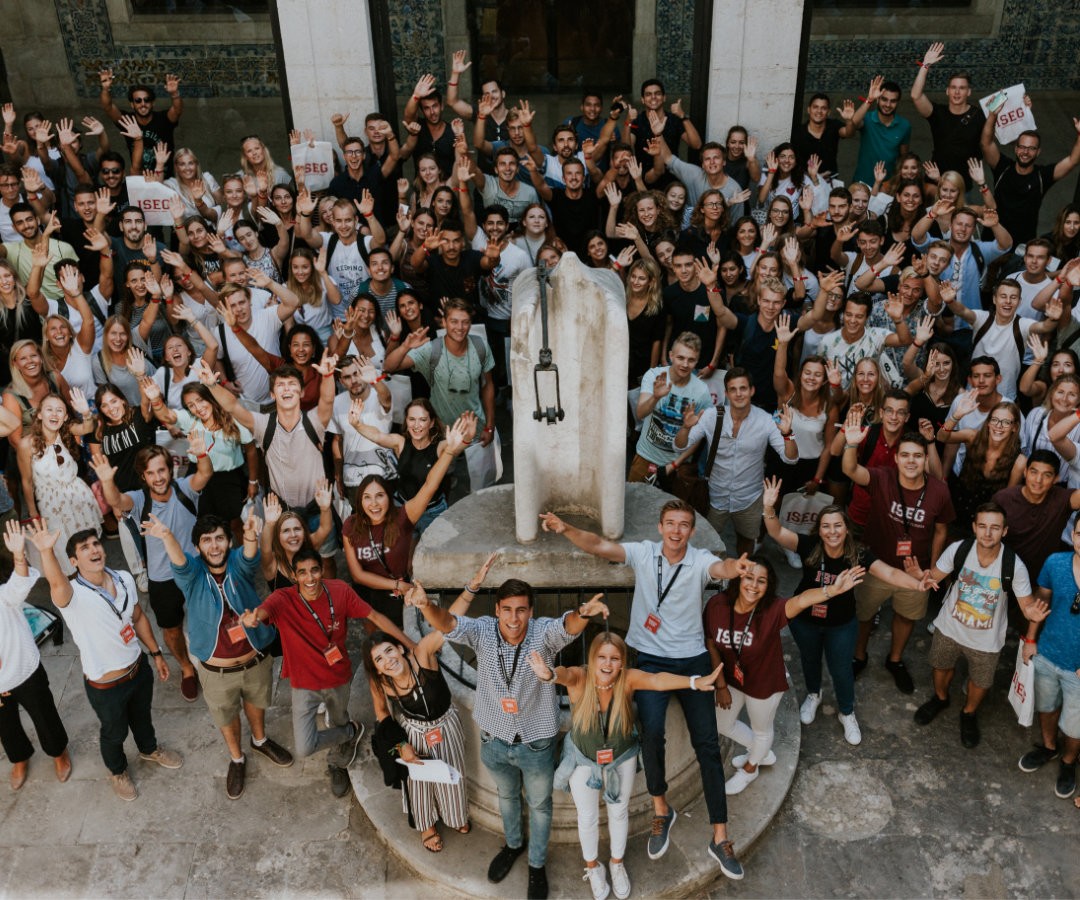Aluno: David Zimanowski
Resumo
Today’s business world is moving more and more in the direction of multi-partnering and delivering products and services in cooperation with different partners. This can be observed in multiple industries but is especially prevalent in today’s technology sector. The World Economic Forum brought up that the most valuable companies by market capitalization are nowadays dominated by the business model of ecosystems and digital platforms (Jacobides, Sundararajan, & Van Alstyne, 2019). This is a valid reason to dive deeper into this topic to find out how these ecosystems operate in practice and what limitations and challenges they might be facing.
This project report will present a structured literature research covering the topic of ecosystems in general, software ecosystems, and certain aspects about ecosystems, like setting them up and risks associated. It will then proceed to go into the analysis of the software ecosystem in practical application at the enterprise software corporation SAP which deploys a large ecosystem that fulfills multiple tasks. The information and data for this part of the report was gained during an internship position within SAP’s Partner Ecosystem Success organization in combination with three semi-structured interviews with colleagues from within SAP. Within the conclusion, the information from the literature review is juxtaposed with the information gained from the practical example at SAP to get an idea of how the theoretical knowledge aligns with the practical application. The conclusion will discuss findings from within SAP and the literature within three main subtopics: Goals & Significance of the Ecosystem, Running an Ecosystem and Risks & Challenges. It will become apparent that a large part of what the literature says is reflected within SAP. However, there are certain topics where SAP has not yet fully perfected its processes and structures. On the other hand, SAP also has certain special aspects to its ecosystem that are not found in the literature.
To conclude the report, limitations to the research will be mentioned and suggestions for further research will be given.
Trabalho final de Mestrado








